Tourism is well and truly back in Japan, with packed flights and full hotels during the popular sakura (cherry blossom) season last month. And from today, all eyes will be on Hiroshima as it hosts the 49th G7 summit – an event that Japan’s Prime Minister Fumio Kishida has promised will showcase the ‘charms of our country’. So what can visitors expect from the city best known as where the world’s first atomic bomb was used in warfare in 1945?
While Tokyo will no doubt be top of the to-do list for anyone on a flying visit to Japan, during a recent tour of the country it was western Honshu, where Hiroshima is located, that charmed us the most. And if you spend a weekend in Hiroshima the Shinkansen ‘bullet’ train makes it easy to also see Kyoto, as well as foodies’ favourite Osaka.
To cram as much as possible into 48 hours, start early in the day at the Hiroshima Peace Memorial Museum. Built in 1955 in modernist style inspired by Le Corbusier, the museum can get crowded, but it’s worth queueing for. Its Devastated City exhibit projects the moment the bomb fell on to the city with a 3D model, and there’s also a display of pieces that survived and searing testimonies from survivors.
Afterwards, venture into thrum of picnicking tourists in the Memorial Park to see the Flame of Peace – burning until there are no more nuclear weapons in the world – and the Atomic Bomb Dome, still standing in its starkly incinerated form beneath a bright blue sky.
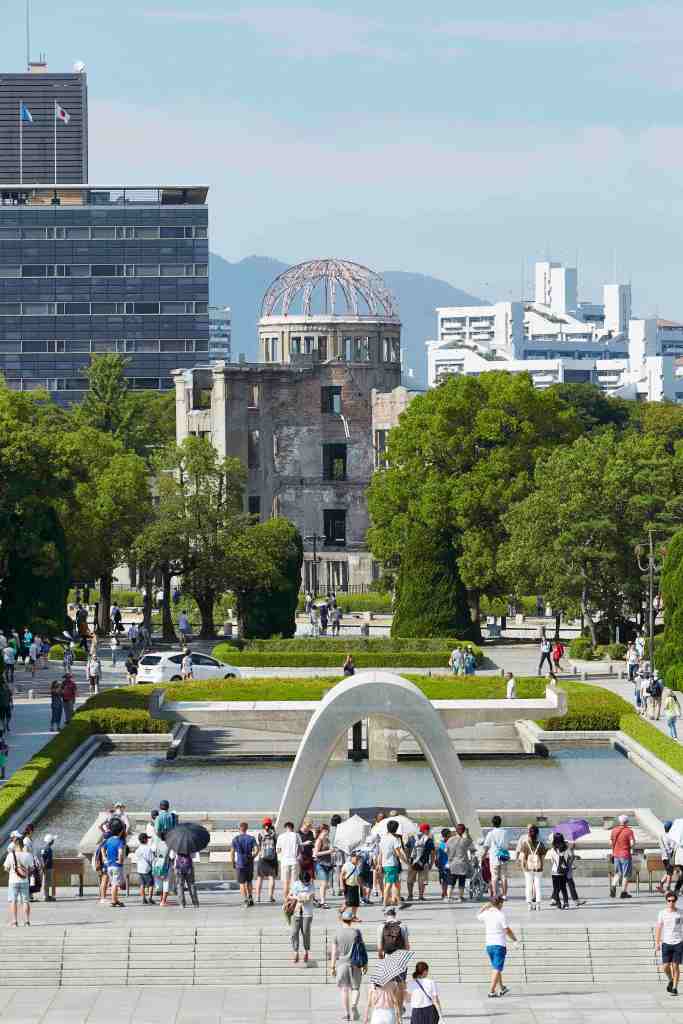
The Museum of Art, Hiroshima Castle (rebuilt after the bomb) or a Hiroshima Carps baseball game are all well worth ticking off too, so to maximise sightseeing time you can refuel with a quick lunch pit-stop for the Hiroshima speciality of okonomiyaki – a savoury-sweet pancake of eggs, shredded cabbage, noodles and more (okonomi means ‘as you like it’).
Sitting on seven rivers opening into the inland sea, the sprawling port city and military base was a strategic target in 1945. Today, the island of Itsukushima, also known as Miyajima, is the most visited in the bay. A 45-minute pleasure boat takes you down river via the oyster beds (another city speciality, along with conger eel) to the island famed for the Itsukushima Jinja Shrine – a large red torrii (gateway) ‘floating’ in shallow offshore waters.
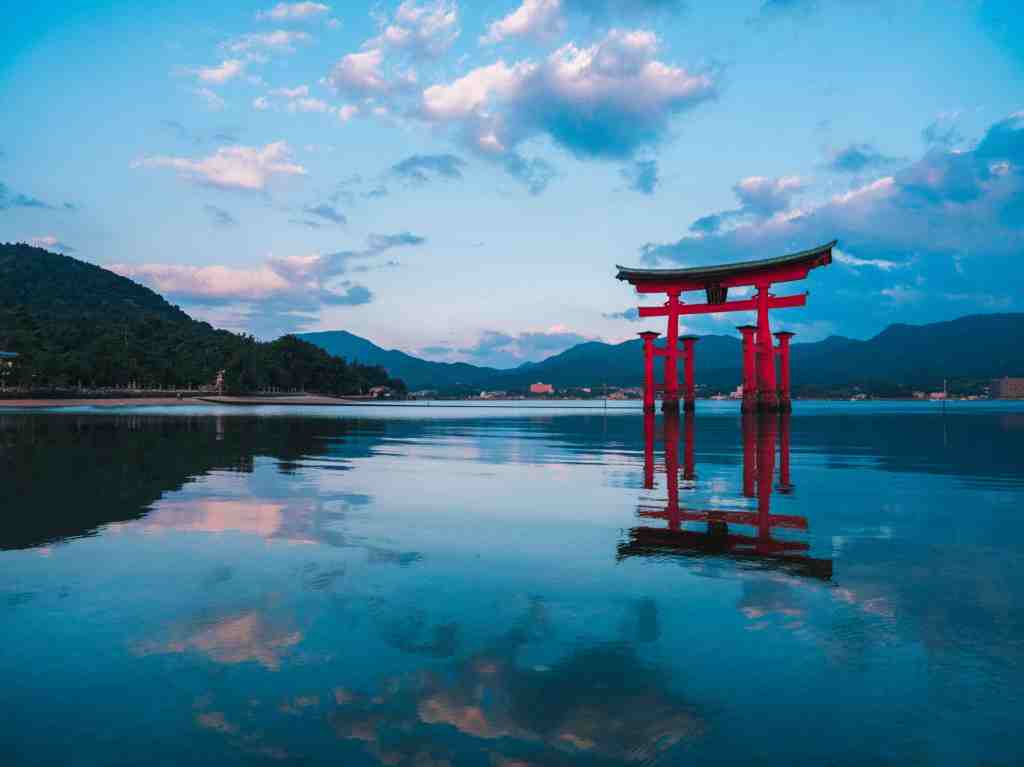
After disembarking and shaking off the somewhat over-friendly wild deer who managed to eat our map, we headed past the sandy beach, souvenir shops and oyster restaurants (large umami-rich grilled oysters are best from Takigaki no Hayashi) and into wooded Momijidani Park, trekking past colourful maples to reach the island’s peak.
Afterwards, a quicker route back to the mainland is the ten-minute JR ferry to the east of the city. You can then take a local line across to pick up the bullet train to Kyoto (one hour and 40 minutes, costing around £90). It’s worth hopping off en route for a few hours in Himeji to look at the castle – a majestic wedding cake-like medieval samurai fortress surrounded by cherry blossom – followed by a craft beer or two at the very modern microbrewery-bar Kogane, before continuing the journey to Kyoto.
Less hectic and imposing than Tokyo, Japan’s old capital has beautifully preserved wooden houses, neighbourhood sake bars and ramen restaurants. Its temples and ancient alleyways are filled with pairs of kimono-clad girls and you might even get a glimpse of the odd geisha (geiko) in Gion. Just off the major downtown shopping street of Kawaramachi-dori, the Royal Park Hotel Kyoto Sanjo is a great base from which to walk to the bars of Kiyamachi-dori, the vibrant canalside just five minutes away. A supper of yakitori (grilled chicken on bamboo skewers) at £1 a pop and sake at Torisei is easy on the wallet.
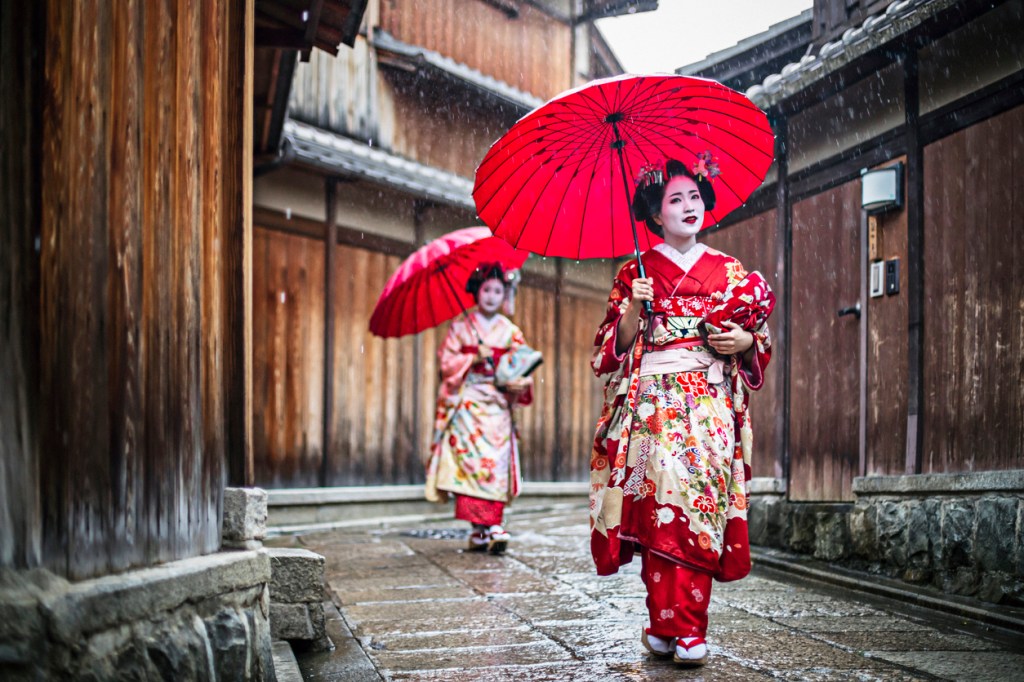
Taxi fares of less than £10 a go are an affordable way to save time when whizzing around the city’s main attractions. First see the Buddhist temple of Kiyomizu (built in 778) in the wooded hills of the east; then try a stroll up through the steep ancient shopping street of the Higashiyama District for pottery, sweets and matcha ice-cream. Our guide took us off the beaten track in Higashiyama to the popular local obanzai (local produce) café Sagan, where a set plate of organic vegetables and miso soup is around £6.
You could also fit in a visit to Nijo-jo Castle, an imperial palace with exquisite hand-painted rooms and hallway floors that chirp like a nightingale when walked upon (a pioneering burglar alarm). Round off the day by seeing Kinkakuji, the Golden Pavilion, a one-time shogun’s retirement home covered in gold-leaf that glints most impressively at sunset, or the Hirano-jinja shinto shrine with cherry blossom. A trip to the Kyoto International Manga Museum is also essential viewing for a graphic novel fan, alongside its Modern Art Museum.
Kyoto alone is certainly worth far more than 48 hours – but thanks to the country’s efficient transport systems, with Hiroshima as a base you can squeeze the main attractions of both cities into one weekend. Assuming you’re not too busy with an international summit, that is.

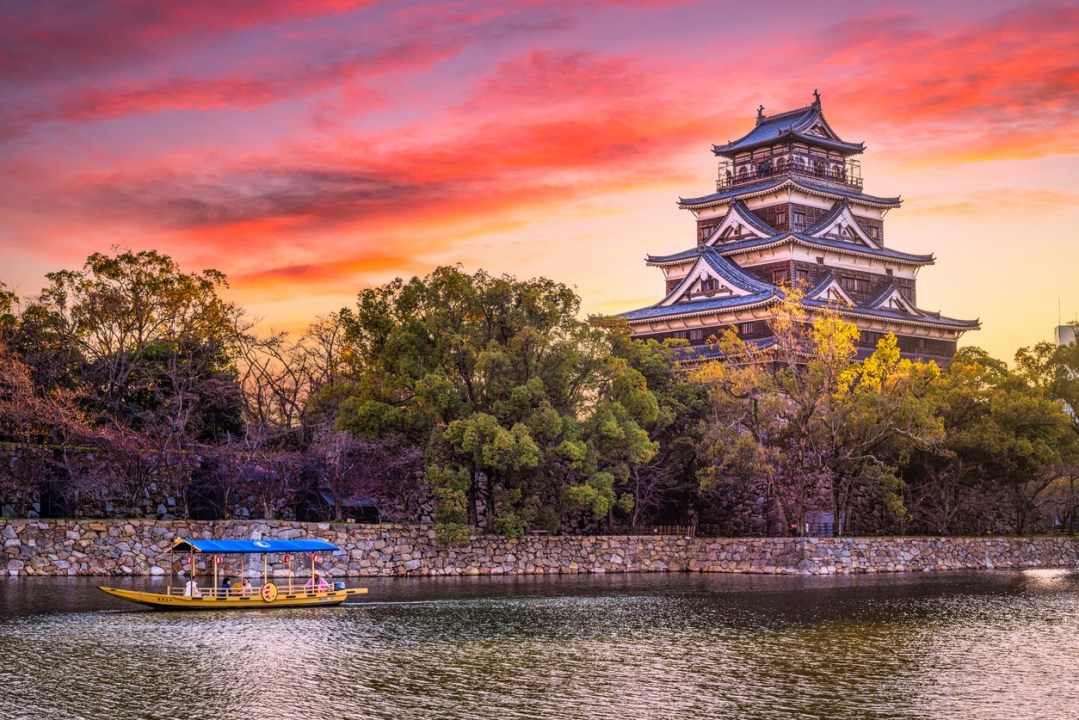
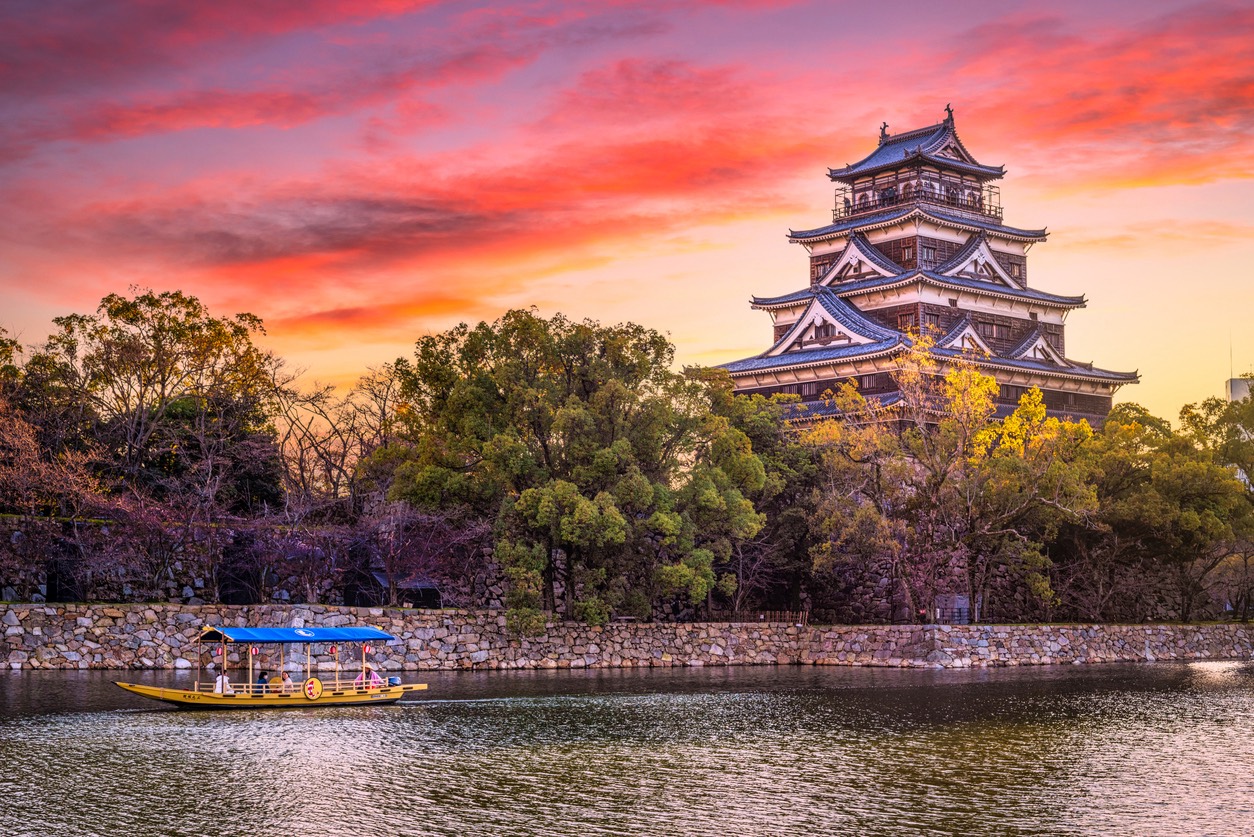




Comments